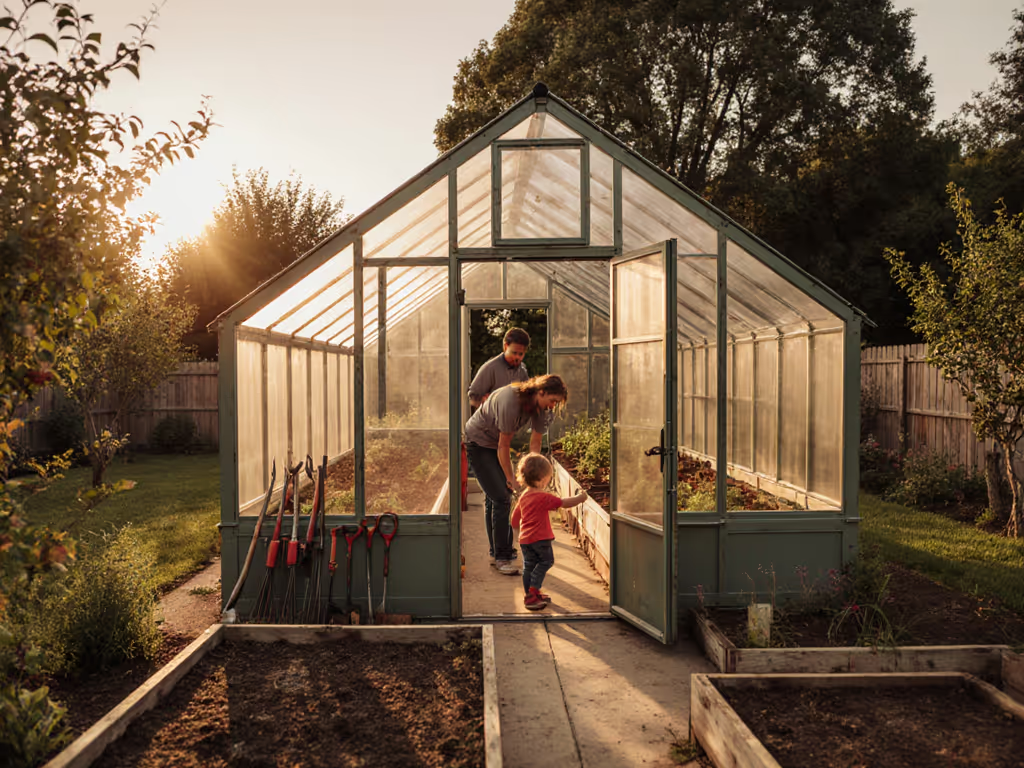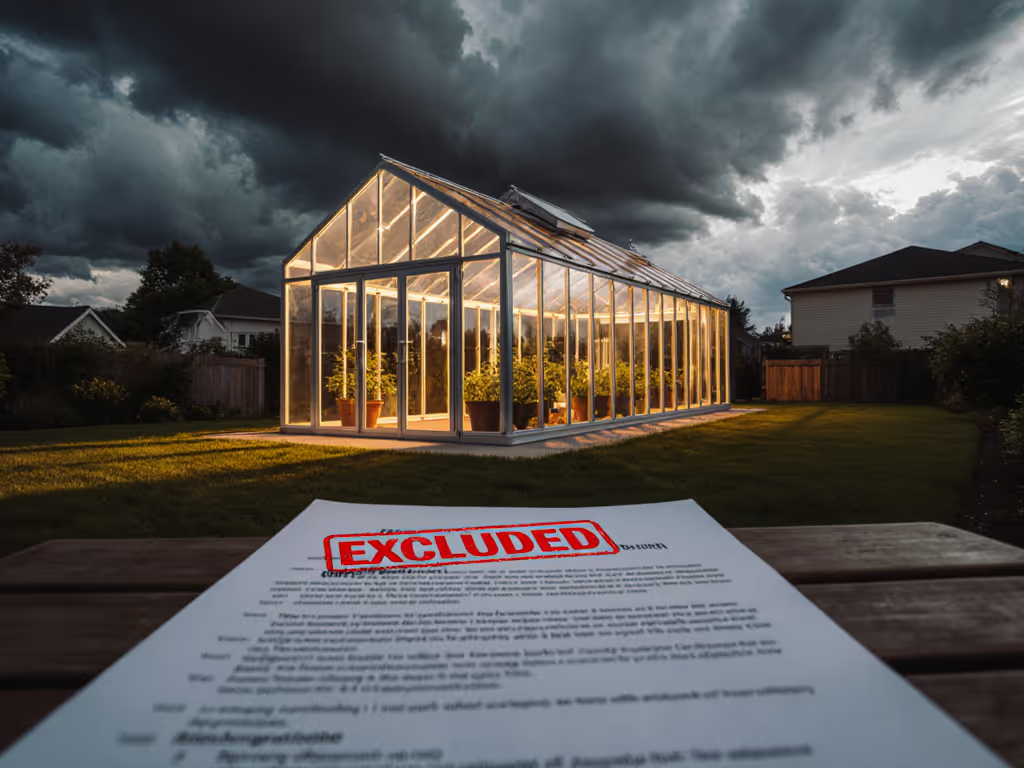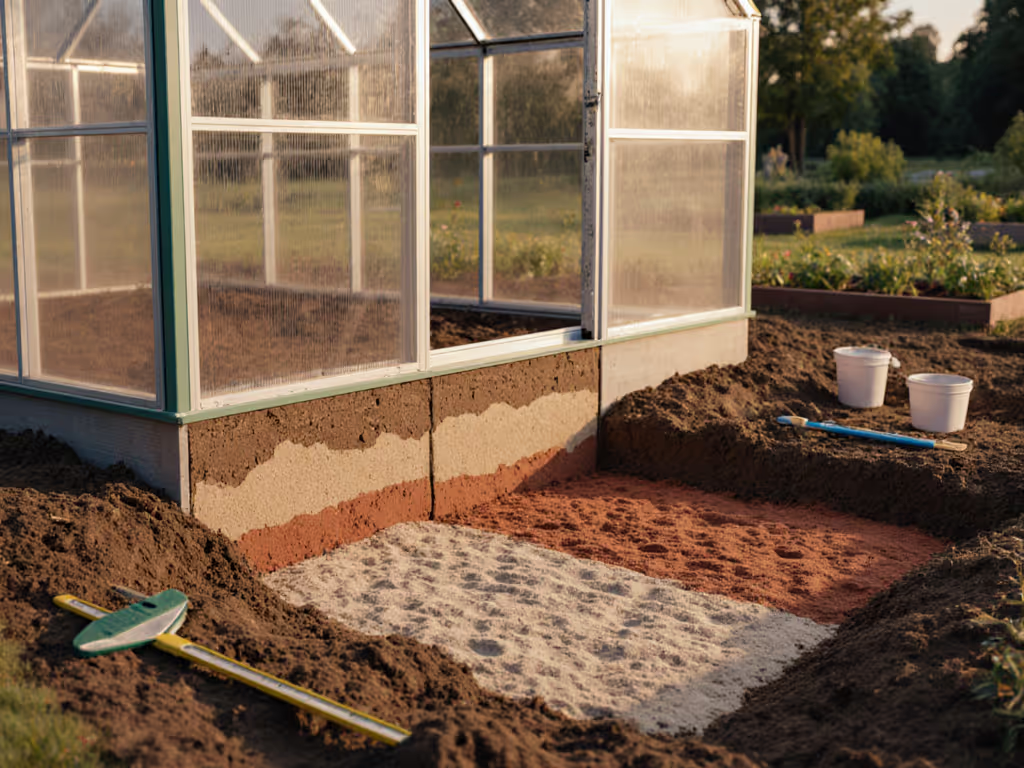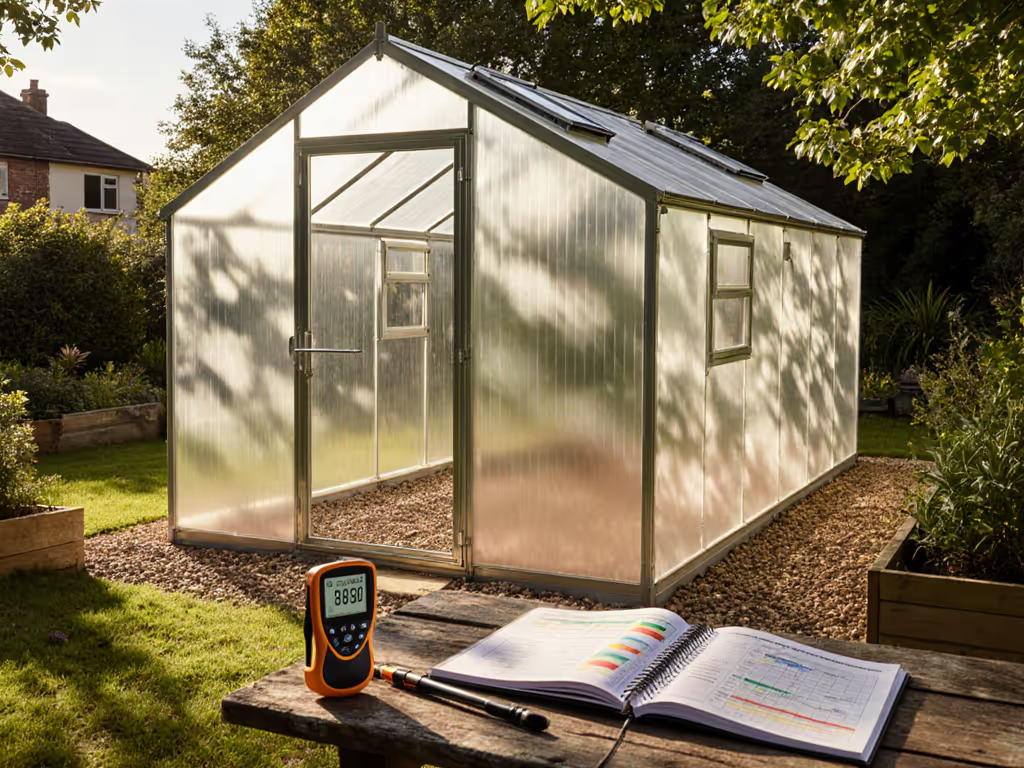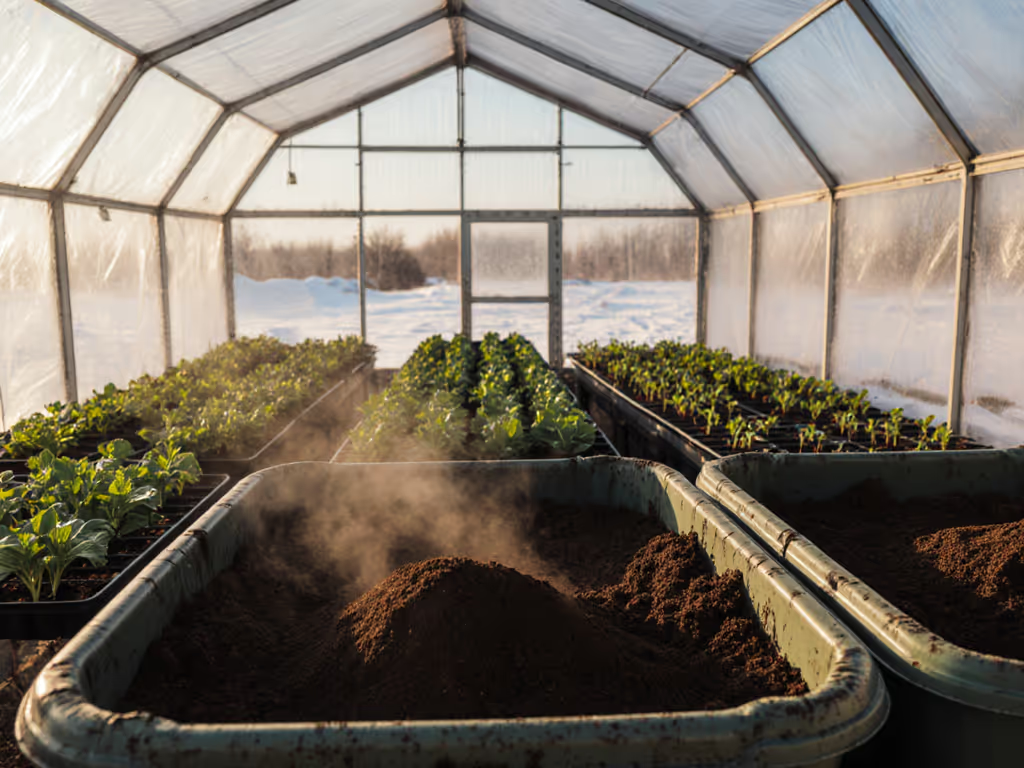
Greenhouse Covering Materials: Wind/Snow Ratings Decoded
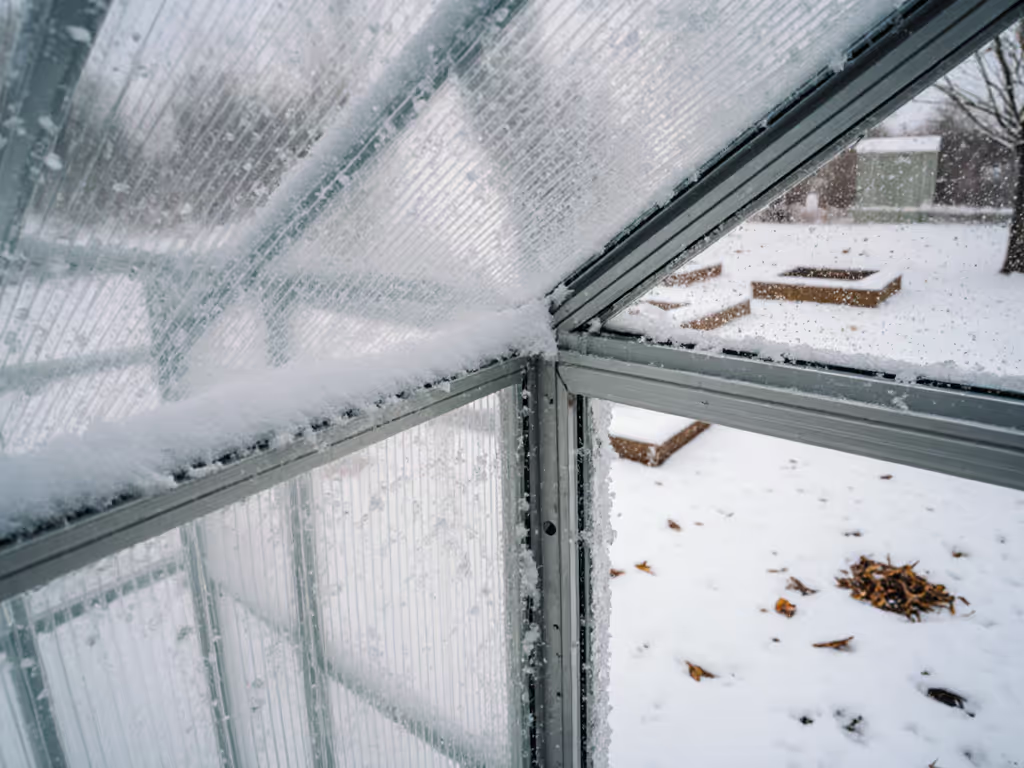
When selecting greenhouse covering options for your greenhouse garden, prioritizing wind and snow load ratings isn't just technical detail (it's structural survival). Too many growers focus solely on light transmission or price, ignoring how their climate translates into measurable forces on the plastic or panels. I've watched three kits fail under identical 55 mph blizzard conditions because two lacked verified understanding of load paths. Your local weather data, not glossy brochures, must dictate your covering choice. Climate dictates design.
Why Wind/Snow Ratings Are Non-Negotiable
Manufacturers often list "wind resistance" as "up to 100 mph" with no testing context. That's meaningless without knowing:
- Test standard used (ASTM E330 for structural framing? ASTM D5487 for plastic films?)
- Attachment method (Securely anchored to a foundation? Or just clipped to a flimsy frame?)
- Duration (3-second gust vs. sustained 1-hour storm)
For snow loads, the number alone (e.g., "60 psf rating") is useless if the manufacturer doesn't specify:
- Wet vs. dry snow density (Wet snow weighs 20 lbs/ft³ vs. dry snow at 5 lbs/ft³)
- Thermal factor (Will interior heating melt snow unevenly, causing drifted loads?)
Key benchmark: If your local building code requires 30 psf snow load, your entire system (covering, frame, anchors) must meet or exceed this. A film rated for 40 psf is worthless if the greenhouse frame only handles 20 psf.
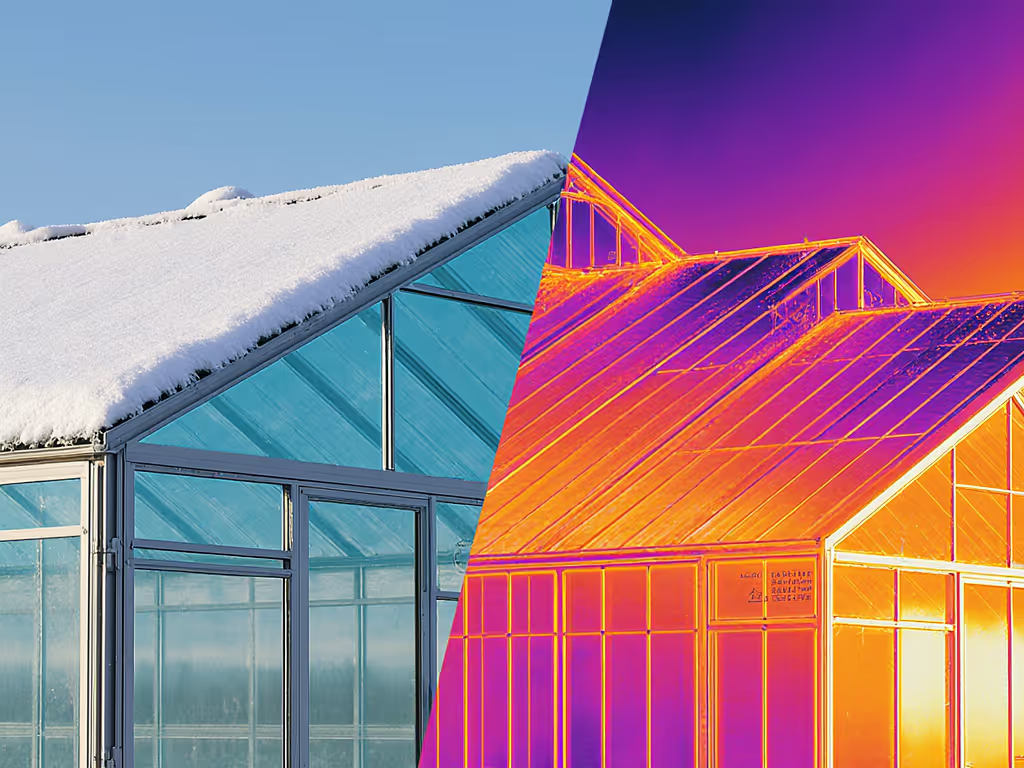
How Snow Load Ratings Actually Work
Snow load isn't just about weight. It's about distribution and duration. Consider these physics realities:
- Plastic films (PE, PVC) deflect under snow, creating uneven loads. A "120 psf" rating for SolaWrap (confirmed via ASTM E330 testing in Alaska) assumes uniform snow distribution and proper frame bracing. Without cross-bracing, deflection concentrates load at weak points (like that purlin that failed in my April blizzard).
- Rigid panels (polycarbonate, acrylic) transfer load more evenly but create ponding risk if framing isn't sloped to >= 30 degrees. An 8mm twin-wall polycarbonate sheet may handle 50 psf when properly installed, but improper framing spacing reduces effective capacity by 30%.
- Temperature matters: Below 20 F, plastic films lose 40% flexibility. What handles 50 psf at 30 F may fail catastrophically at 10 F.
Real-World Comparison Table
| Material Type | Typical Max Snow Load (psf) | Critical Failure Risk | Thermal Impact on Load |
|---|---|---|---|
| 6-mil PE Film | 15-25 | Sagging -> uneven drifts | Brittle below 20 F |
| Woven Poly (9-12 mil) | 30-50 | Rip points at grommets | Minimal flexibility loss |
| SolaWrap (324 mil) | 80-120 | Frame failure (not film) | Retains flexibility to -40 F |
| 8mm Twin-Wall Polycarbonate | 40-60 | Ponding at low slopes | Minimal |
Note: All ratings assume correct framing spacing, anchoring, and a roof pitch of 30 degrees or more. Values condensed from NRCS SNOw TELemetry data and ASTM E330 tests.
Wind Load: It's Not About Speed, It's About Suction
A 70 mph wind doesn't just push, it sucks. Negative pressure on the leeward side creates uplift forces stronger than the wind's forward momentum. This is why my test site saw a hoop house flip inside-out at 55 mph: inadequate anchoring couldn't resist the -60 psf suction load.
Critical factors for wind resistance:
- Anchoring depth: Concrete piers more than 24 inches below the frost line are required for > 90 mph winds (per ICC-ES AC34 guidelines)
- Panel continuity: Films with integrated bubble structures (like SolaWrap) resist flutter better than flat films
- Frame geometry: Arched designs shed wind better than flat-roof kits; added cross-bracing reduces harmonic vibration
Forget "wind speed" claims. Demand proof of tested uplift resistance in psf (pounds per square foot). If a vendor says "survives 100 mph winds," ask: "At what suction load in psf? Tested per which standard?"
Why Your Climate Zone Dictates Covering Choice
I map snow and wind data to covering specs using our Four Seasons Score methodology. Here's how to self-audit:
- Get your local load data: Pull your snow load (IBC Table 1608.1) and wind speed (ASCE 7-22 Figure 26.5-1A) from public codes. Example: Buffalo, NY = 60 psf snow, 90 mph 3-sec gust.
- Apply safety margins: Multiply by 1.5x for snow (accounts for wet snow drifts), 2.0x for wind (accounts for gusts). Buffalo requires 90 psf snow / 180 mph wind system rating.
- Verify holistic compliance: If your film handles 100 psf but the frame only handles 70 psf, you're at 30% failure risk. I reject kits where frame and covering ratings aren't published together.
A grower in Colorado Springs (40 psf snow) can use 12-mil woven poly successfully. But that same film would collapse in Marquette, MI (120 psf snow) without structural reinforcement, no matter what the vendor claims. Numbers first, claims second (your climate decides the kit).
The Thermal Trap: How Coverings Affect Load Performance
Most specs ignore this: insulation value directly impacts snow load. High-R coverings (like twin-wall polycarbonate at R-1.7) keep interiors warmer, melting snow faster. But low-R films (6-mil PE at R-0.9) allow heat loss, causing snow accumulation. In my test data, identical frames under 30 psf snow:
- SolaWrap (R-1.7) shed more than 70% of snow within 48 hours due to passive solar gain
- 6-mil PE (R-0.9) retained 100% of snow load for 7+ days
This means a "50 psf rated" film in cold zones may effectively face 1.5x design load duration. Always derate snow capacity by 25% for coverings below R-1.4 in zones with avg. winter temps < 25 F.

Bottom Line: Your Action Plan
- Check your zone's ASCE 7 snow and wind maps (don't rely on zip code averages).
- Demand system-level ratings (film + frame + anchors) in psf, not mph.
- Prioritize third-party testing data (ASTM, ICC-ES) over marketing claims.
- Derate for temperature: Subtract 10% capacity per 10 F below 32 F for plastics.
- Verify thermal performance: high R-value coverings reduce effective snow load duration.
That late-April blizzard didn't just break a purlin, it broke my trust in unverified specs. The two kits that survived didn't have the fanciest covers; they had documented load paths matching my climate's violence. Your covering must survive the worst, not just the average. Start with your weather data, then choose the kit. Climate dictates design.

